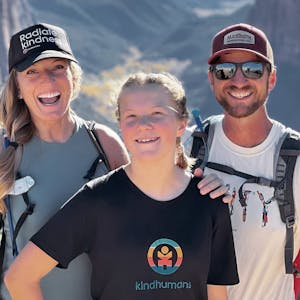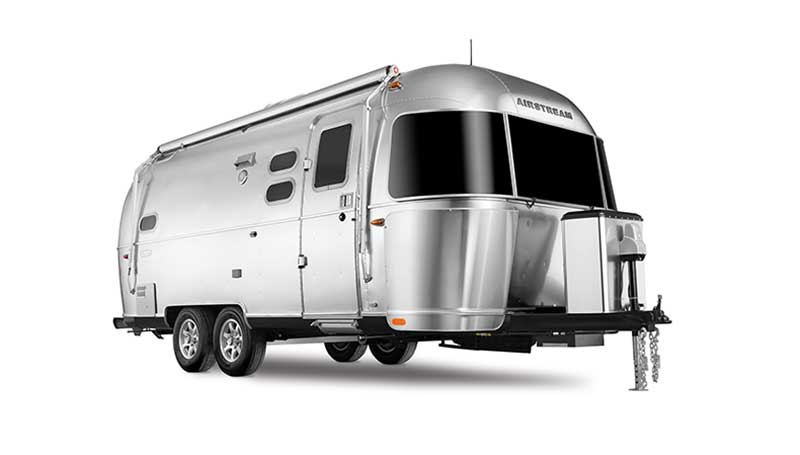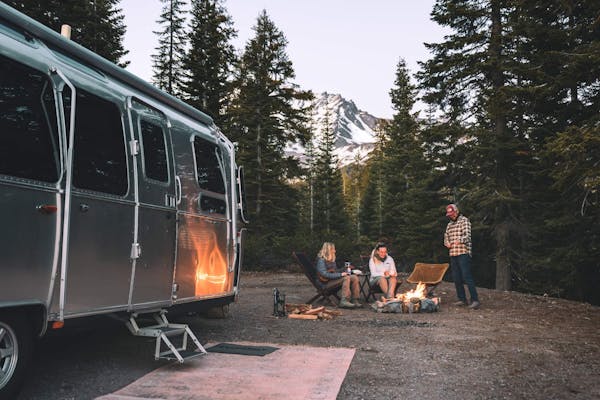When we picked up our Airstream Flying Cloud in November 2018, we had zero experience towing a travel trailer. Though we were avid travelers, we had never owned an RV before, let alone spent an extensive amount of time in one. Despite our lack of experience, we decided to jump head-first into the lifestyle and hit the road just one week after our purchase. We spent the first few months exploring state parks and traditional campgrounds, but once we reached the Western United States, we knew it was time to try our hand at boondocking.
A More Authentic, Immersive Camping Experience
Boondocking, also called dry camping, is RVing without any amenities or hookups. It typically involves finding a spot on public lands and setting up camp with no access to electricity, water or sewers. For us, the real appeal of boondocking was in the freedom and solitude it could offer. We had grown tired of crowded campgrounds and longed for a more authentic and immersive camping experience. We wanted to test our self-sufficiency and see if we could manage off the grid, even if just for a few days.
After practicing our water and power conservation skills at a few state parks, we decided to give boondocking a try. We did take some extra precautions to ensure we would have a successful trip. For instance, we already had a basic solar set-up but we went ahead and purchased a backup generator as well. We also scouted the area we were thinking of boondocking at, and made note of nearby RV parks in case we needed anything or decided we wanted to leave. Lastly, we stocked the fridge with plenty of food and water, filled our propane and freshwater tanks, and emptied the gray and black tanks.
Surrounded By Beauty And New Friends
As we left the paved road and ventured into boondocking territory, we couldn’t help but feel a mix of anxiety and excitement. We saw a handful of other RVers and truck campers, which only amplified our feelings of apprehension. We were determined to appear confident, blend in and not draw any attention to ourselves. But as we drove farther and farther down the dirt road, we quickly realized we didn’t really know where to go. Could we pull over anywhere? How far away from other RVers did we have to be? Was this still technically public land?
Right at that moment, a man walking his dog waved us down. He introduced himself, shared that he was a fellow Airstream owner, let us know that he and a few other Airstreams were parked nearby, and asked if we wanted to join. We happily accepted his invitation, and made our way around a large dirt field until we found the perfect place to park. We had a stunning view of the mountains on one side and the vast expanse of the desert on the other. As we unhitched and settled in, our initial apprehension about being out here began to dissipate. Not only were we surrounded by a beautiful landscape but we were meeting a group of friendly RVers who wanted to share their knowledge and advice. The camaraderie we experienced on that trip, surrounded by other Airstreams and fellow travelers, was incredible and we left with new friends and a greater appreciation for boondocking.












